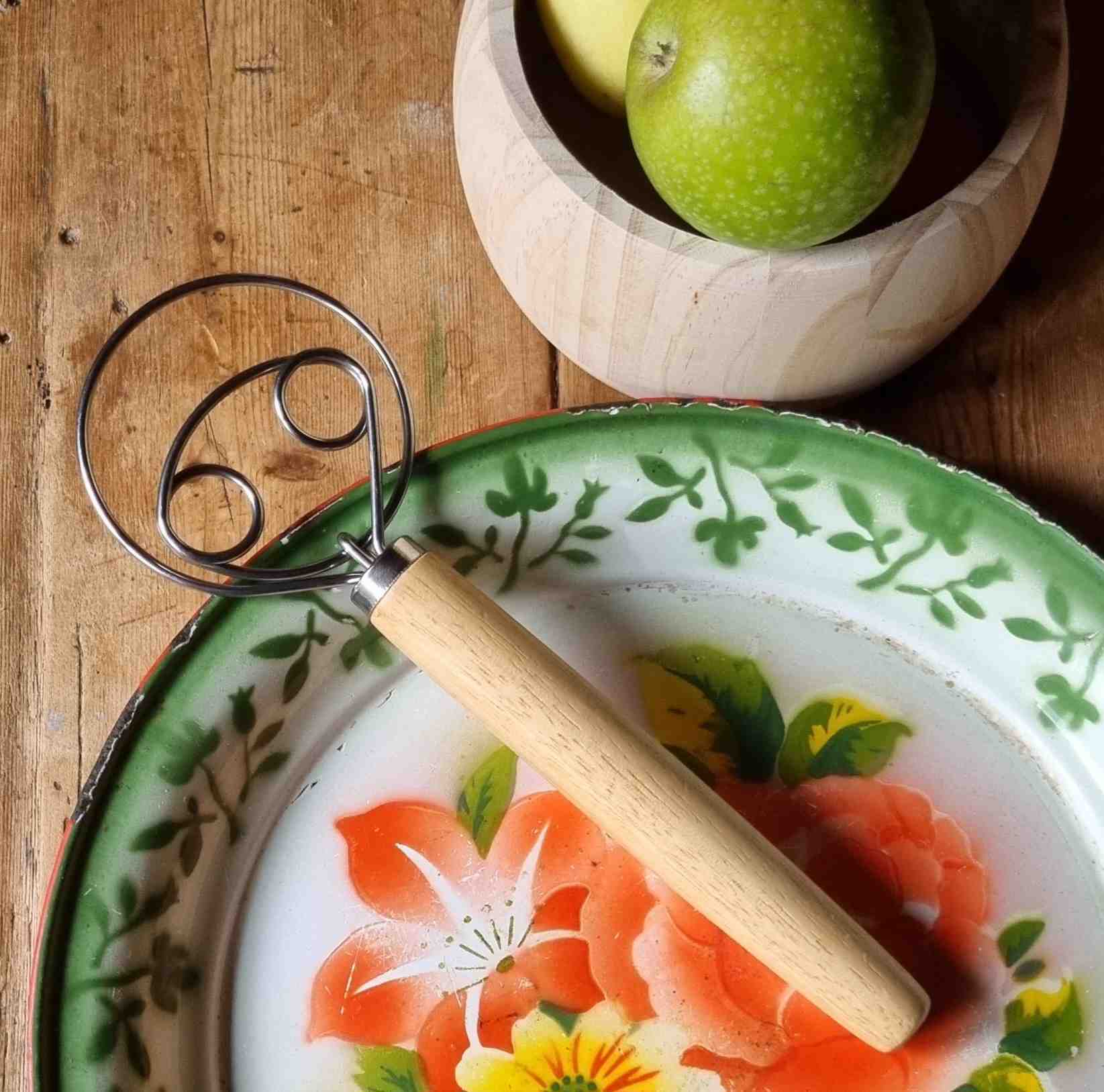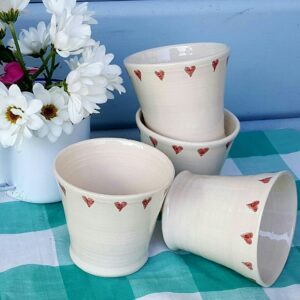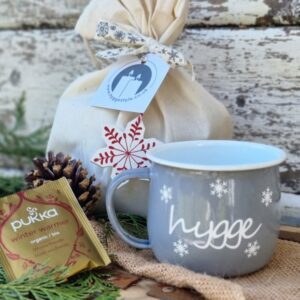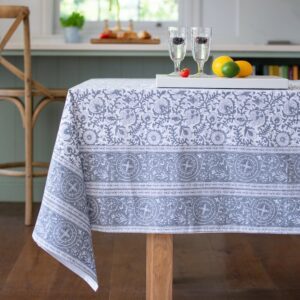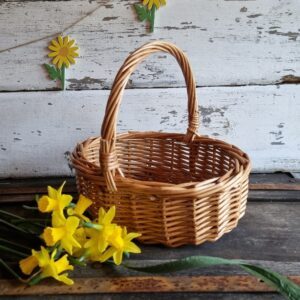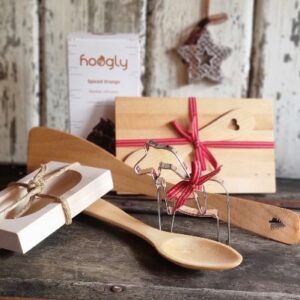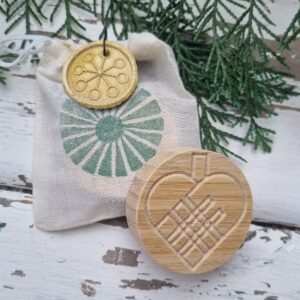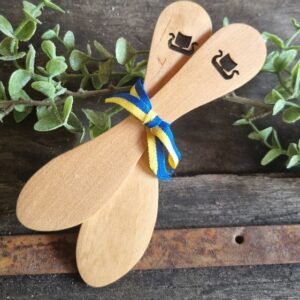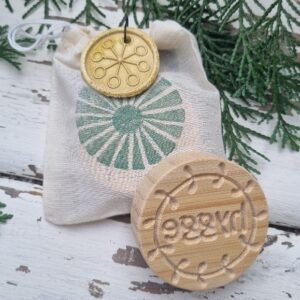Description
Our new kitchen hero just arrived, in the form of the Danish dough whisk (also sometimes called a brodpisker, which translates to “bread whipper” in Danish)!
Here’s why this oddly-shaped tool will become your new best friend in the kitchen:
- Conquering Dough: Unlike its balloon whisk cousin, the Danish dough whisk isn’t afraid of a little challenge. Its design, with thick, looped wires, tackles even the toughest bread doughs with ease. It efficiently incorporates dry and wet ingredients without overworking the gluten, leading to lighter and airier loaves.
- Beyond Bread: While it excels at bread-making, the Danish dough whisk is a multi-tasking marvel. Use it for mixing cake batters, scones, or even thick porridge. The open loops prevent ingredients from getting caught, making it a breeze to clean.
- Effortless Mixing: Say goodbye to tired arms from stirring heavy doughs. The Danish dough whisk’s design allows you to mix with less effort, thanks to the large surface area of the loops.
- It’s fantastic for making frikadeller (Danish meatballs) or burgers as you can distribute the onion through the mince evenly.
The exact origin of the Danish dough whisk is a little hazy. While it’s commonly associated with Denmark, there’s evidence it might have been used in other parts of Europe for similar purposes. However, what we do know is that they were definitely in use in Denmark by at least the 1930s, likely even earlier. Danish people traditionally called them “farsrører” which translates to “meat masher” because they were originally used for mixing minced meat for dishes like meatballs. Over time, bread became their more popular use.

